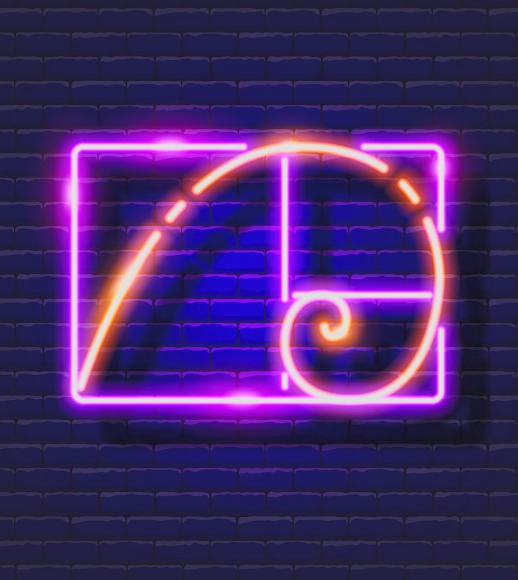Carl Jung: the Swiss psychiatrist who didn’t just peer into the mind—he spelunked it. Born in 1875, Jung became Freud’s star pupil, his right-hand man… until he veered off into uncharted territory, leaving Freud clutching his rigid architecture like a Victorian floorplan.
Jung was the Indiana Jones of the unconscious. Instead of raiding tombs, he chased archetypes: the Hero, the Shadow, the Wise Old Man—universal figures wired into our collective unconscious. He argued these weren’t just bedtime stories; they’re the root code of human thought, shaping behavior and belief whether we know it or not.
He also gave us personality types. Introversion vs. extraversion? That’s Jung. The foundation of those modern personality quizzes you’ve probably clicked at 2 a.m.? Also Jung.
And dreams—Freud saw them as wish-fulfillment, occasionally fueled by his $1,000-a-day cocaine habit. Jung went further: he thought dreams were inner guides, treasure maps to self-discovery.
Freud saw repression; Jung saw myth. Freud saw the basement; Jung explored the cathedral.
So next time you wake from a dream or wonder why you crave solitude while your friend craves the crowd, tip your hat to Carl Jung—the explorer who taught us the mind isn’t just a house. It’s a vast, echoing landscape with shadows, gods, and symbols lurking in every corner.
“All addictions are a low-level search for God.” —Carl Jung
For more in this series, visit:
What the Hell is … — planksip®
Brent Antonson’s near-eidetic recall turns history, science, and philosophy into a living library—shining light on forgotten tributaries, like a mycelial network of meaning.

